Why Do V8 Engines Sound Different?
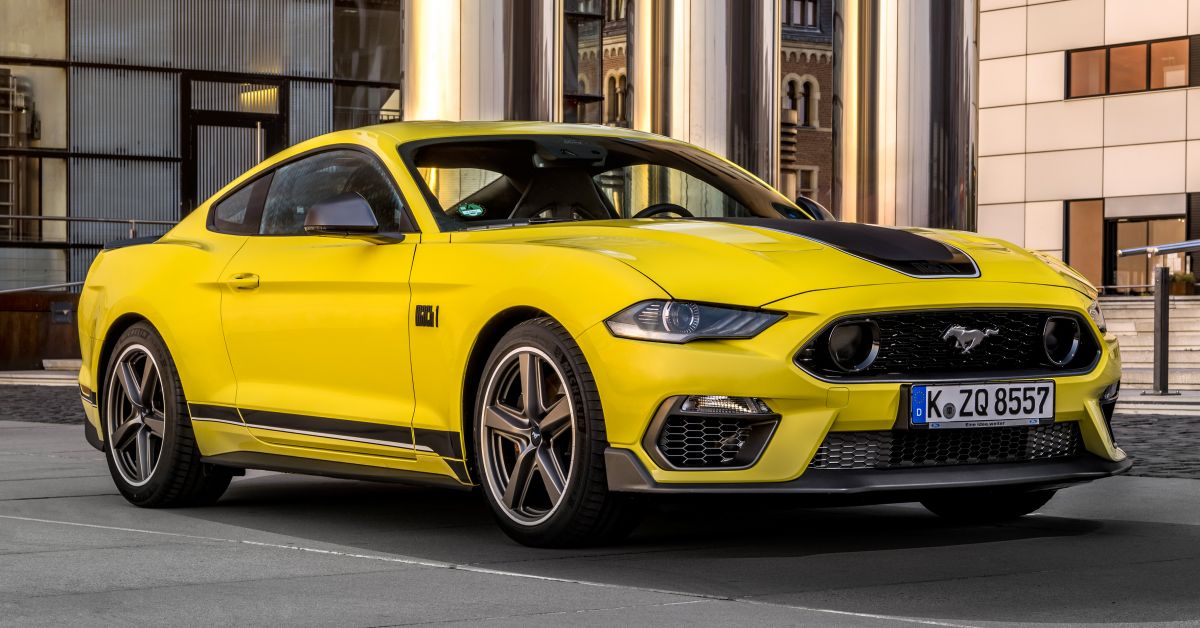
Ever wonder why your dad's Mustang with that V8 engine sounded different than your neighbor's Corvette? I mean they both have V8s, so shouldn’t they sound the same? If you’re like me, you probably thought it was just because they had a different exhaust setup. Four exhaust tips on the Corvette must sound better than the two on the Mustang, right?
Well buckle up because there’s actually numerous engine configurations and design elements that give each V8 engine their unique sound. It’s what makes that Corvette and Mustang sound different from each other and their European V8 counterparts.
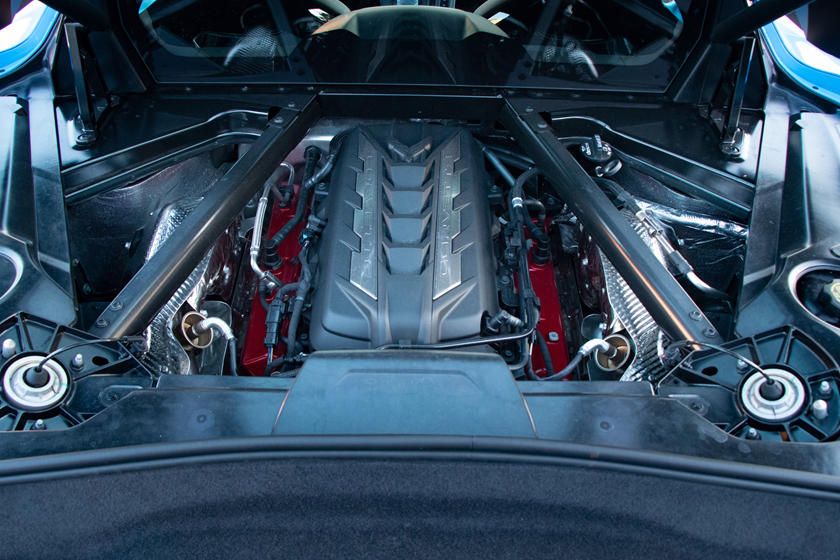
Engine Parts That Affect Sound
Have a look below for the parts inside the engine and outside the engine that can affect the sound of a V8. Remember, it's the combination of these elements that give each car and each V8 engine their unique sound. Different automakers like to use different setups. It's why American V8 engines sound different than say a Ferrari V8 or a Mercedes AMG V8.
Parts Inside The Engine
· Cylinder diameter (bore)
· Crankshaft throw (stroke)
· Shape of the piston crown and cylinder head (and resulting compression ratio)
· Number of intake/exhaust valves per cylinder
· Valve cam profile and timing
· Valve cam linkage (overhead, etc.)
· Cylinder firing order
· Crankshaft type (cross-plane, flat-plane)
Parts Outside The Engine
· Intake manifold design
· Exhaust manifold design
· Engine cooling system
· Angle between the two sides of the V (90 degrees or other)
· Fuel injection type (throttle-body, direct, carbureted)
· Turbo/Superchargers
· Transmission/drivetrain
Which Ones Are The Most Important For Sound?
- Cylinder firing order
- Crankshaft type
We already know that a V8 engine has two rows of four cylinders all arranged in a V shape. However, not all V8 engines share the same crankshaft type. Some have a flat-plane crank, while others have a cross-plane crank. So why are the cylinder firing order and crankshaft type important?
In an engine's piston cycle, or firing order, tiny pulses of air pressure gets forced through the exhausts. Each pulse makes a tone, and when combined with a certain order, you get a certain sound. The firing order of those pulses is determined by the crankshaft type.
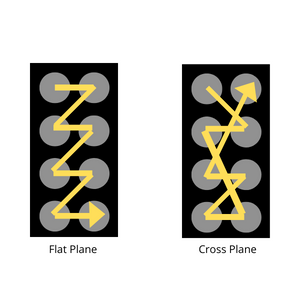
A cross-plane crank is synonymous with an irregular firing order across the cylinders, while a flat-plane crane has a consistent order. Ferrari loves to use a cross-plane crank, resulting in their unique sounds, while American V8s are known for using a flat-plane crank.
Think of a flat-plane crank as yourself walking, you go Right-Left-Right-Left-Right and with each step you keep going straight and you're consistent in that direction. With a cross-plane, you're still walking Right-Left-Right-Left-Right, but with each step you take, you could be going forwards or backwards, so your steps are irregular. Here's a pretty good visualization:
- Exhaust manifold design
Remember I said that each pulse of air pressure makes a tone? Well that tone is created as the pressure is being pushed out through the exhaust manifold. Depending on the shape or design of the exhaust manifold, you're going to get lots of different sounding V8 engine noises.
Think of the exhaust manifold as a musical instrument. You blow air to play the tuba or trumpet, but the noise they make sounds completely different. That's because they're shaped differently. Different exhaust setups do the same for your engine sound.
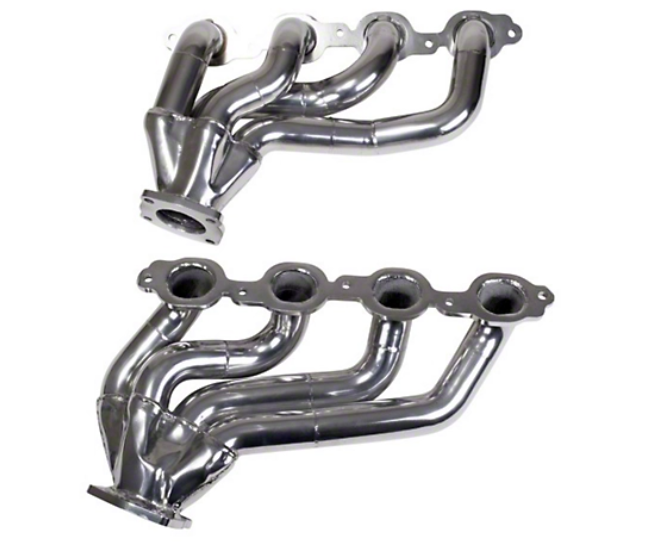
- Turbo/Supercharger
Now not all V8 engines are created equal, some use a little bit of extra hardware to get them going. It's this extra hardware that really characterizes some of the most popular V8s right now. You have that signature whine coming from your supercharged Dodge Hellcat.
While right next to it you're hearing a lot of air pressure noises coming from that BMW M5 Twin-Turbo V8.
Superchargers and turbochargers are different, but the concept that they're doing to generate more power is essentially the same. They draw air to the engine and it's the way that they draw the air in that creates a unique sound. The turbocharger flutters as it releases backpressure, while the supercharger whines as the air is discharged.
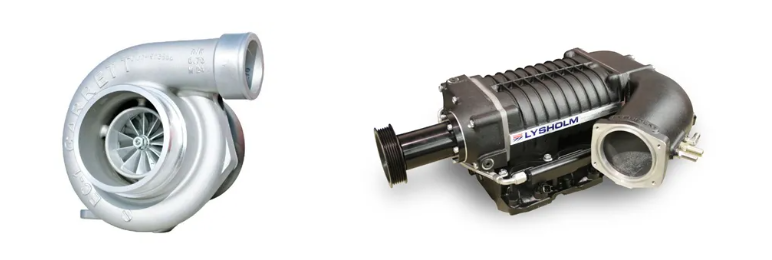
- Intake manifold design
Where do you think engines draw power from? Well, they take it from the air. Similar to the exhaust manifold, the intake manifold creates different tones from the air pressure that is being sucked into the engine. More specifically, the different styles of intake boots and air intake housings create these different sounds. I bet the JLT cold air intake below on that Mustang 5.0 sound amazing!
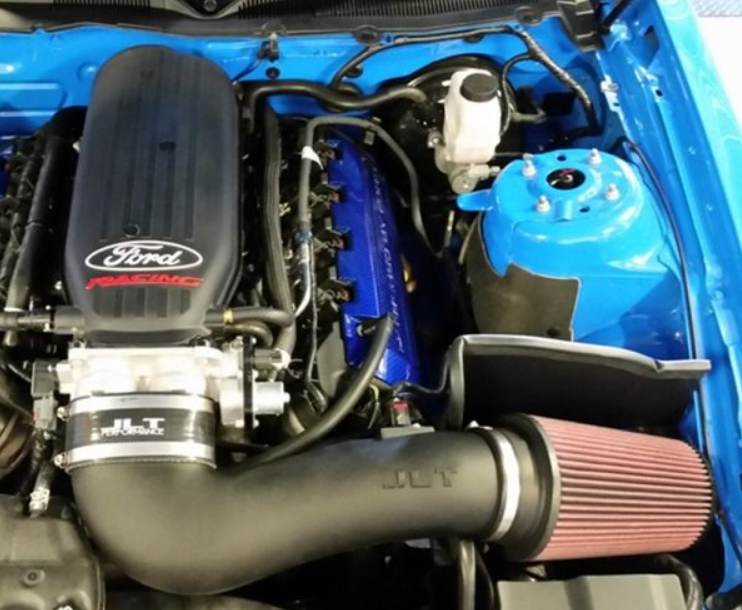
To continue learning more, check out some of links below.

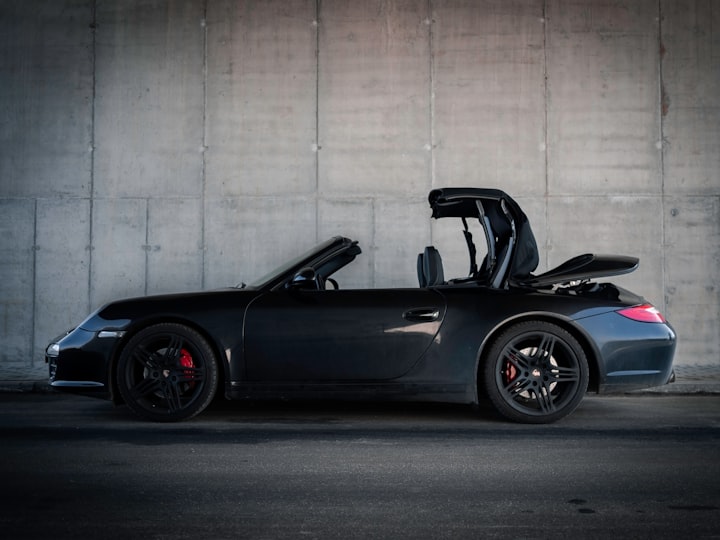
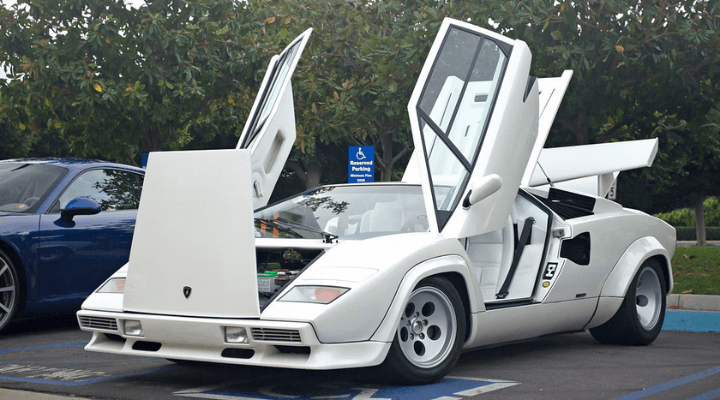
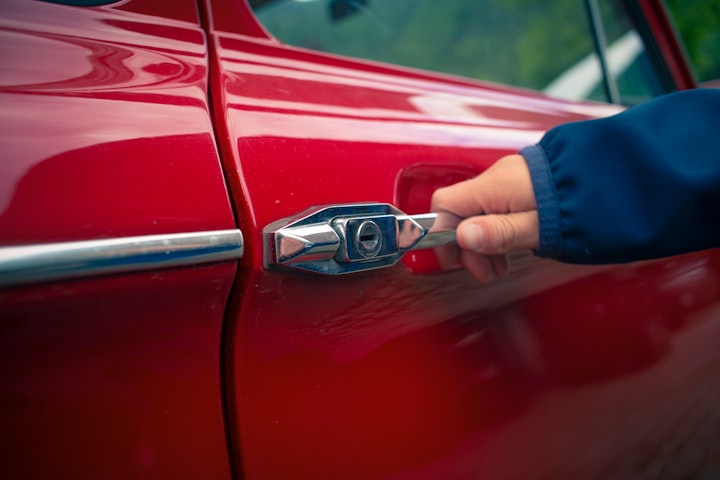
Comments ()